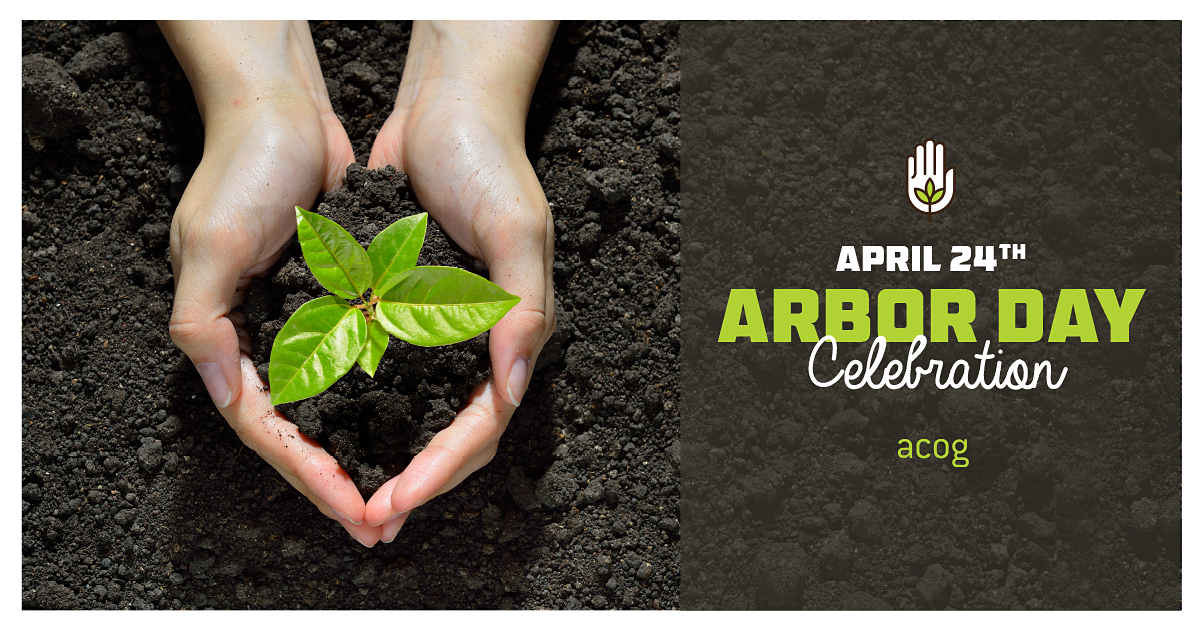
Enter your local store in April and you won’t be overwhelmed with Arbor Day greeting cards, candy or treats. It’s a holiday that has strong roots that branch out 130 years ago to Nebraska and were solidified in 1970 when President Nixon recognized its observance nationwide.
Arbor Day might not be a popular holiday for store bought décor, but trees provide anyone who wants to observe this holiday with plenty to decorate; trees also provide additional aesthetics and beautification back to neighborhoods and our community at large.
In 2019, the Association of Central Oklahoma Governments (ACOG), the Oklahoma City Community Foundation (OCCF) and the Oklahoma Forestry Service (OFS) teamed up to complete a comprehensive assessment of the Oklahoma City metro area’s tree canopy and the environmental and the functional benefits it provides to our community.
The 2019 Oklahoma City Metropolitan Area Tree Canopy Assessment was the first of its kind conducted within a 536 square mile study area in this part of Oklahoma. This assessment was conducted during the spring and summer of 2019 and included portions of or all boundaries within the communities of Oklahoma City, City of Edmond, City of Bethany, City of Moore, City of Mustang, Midwest City, City of Yukon, Lake Aluma, Town of Forest Park, Del City, City of Spencer, The Village, Nichols Hills, City of Warr Acres, Valley Brook, City of Norman, Woodlawn Park, Smith Village, and Tinker Air Force Base.
Through this analysis, it was determined that the study area has an estimated 65 million trees annually providing as much as $150 million dollars in environmental benefits: by improving air quality, reducing stormwater runoff, sequestering carbon and saving energy used to heat and cool homes and businesses.
John Sharp, deputy director of the Association of Central Oklahoma Governments, noted planners from his organization and a variety of others can mine the results for information that will help improve the community for years to come.
“It will be the gift that keeps on giving, because we have only just began looking at it,” Sharp said. “There are many, many layers of data that we provided for this study that we can begin to start querying and looking at to see how various things are impacted by this tree cover.”
Sharp said that might include whether the number of trees at schools could be bolstered to lower skin cancer risks or whether trees could be added to parts of the city to reduce heat islands and help the city remain within compliance with federal air quality standards.
“And just from a quality of life standpoint, if you are able to move around or sit outside in the shade during the summer, that could provide a better living environment for living in central Oklahoma,” Sharp said.
The results from the Tree Canopy Assessment, including the Executive Summary can be found here. There are also multiple web maps and land cover maps that detail summary layers focused on the land cover composition of parks, trails, school grounds, neighborhoods, council wards, and more.
Staff Contacts
Hannah Nolen
Projects Coordinator II - Transit & Environmental
Jennifer Sebesta
TPS Manager
